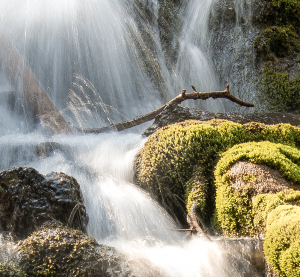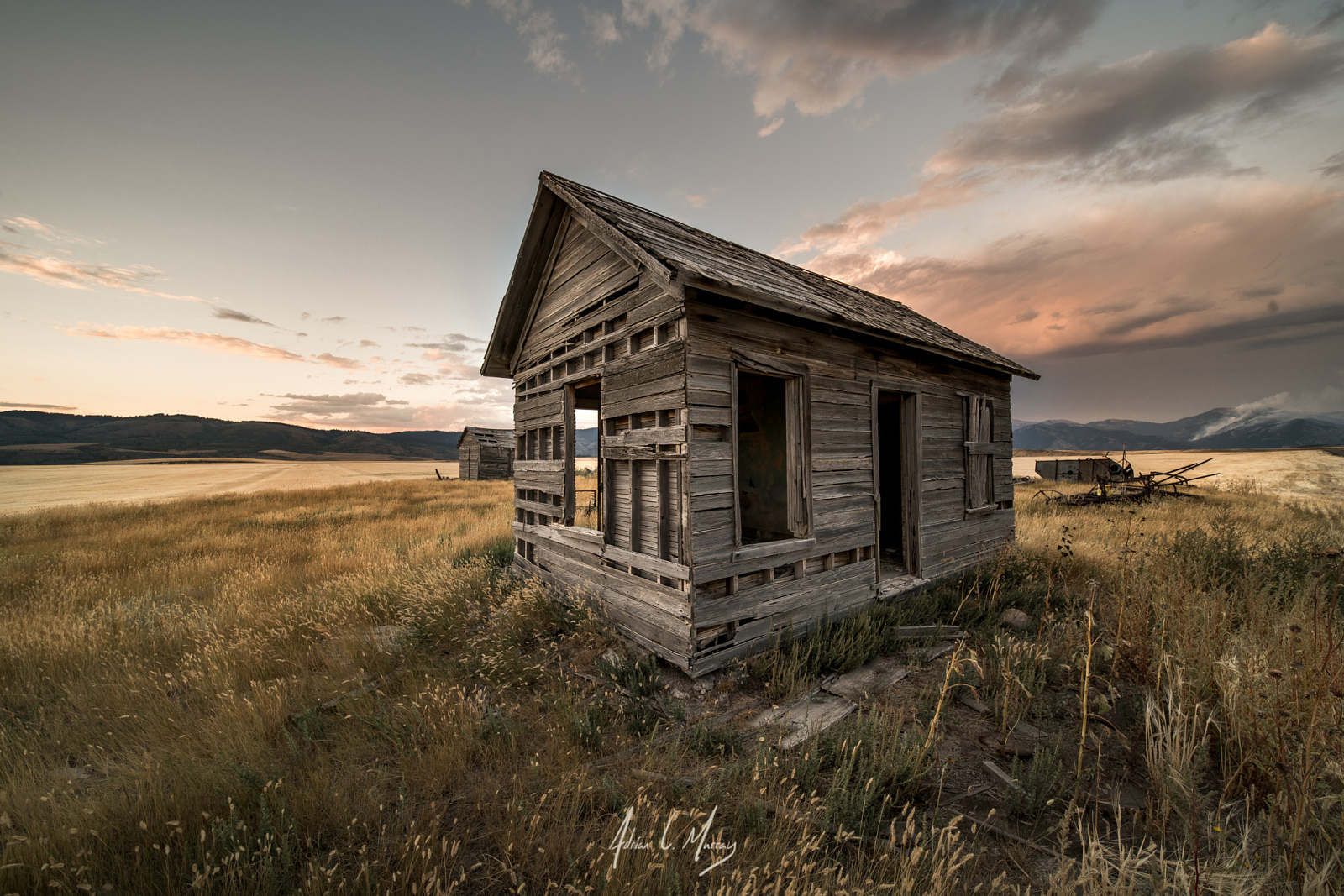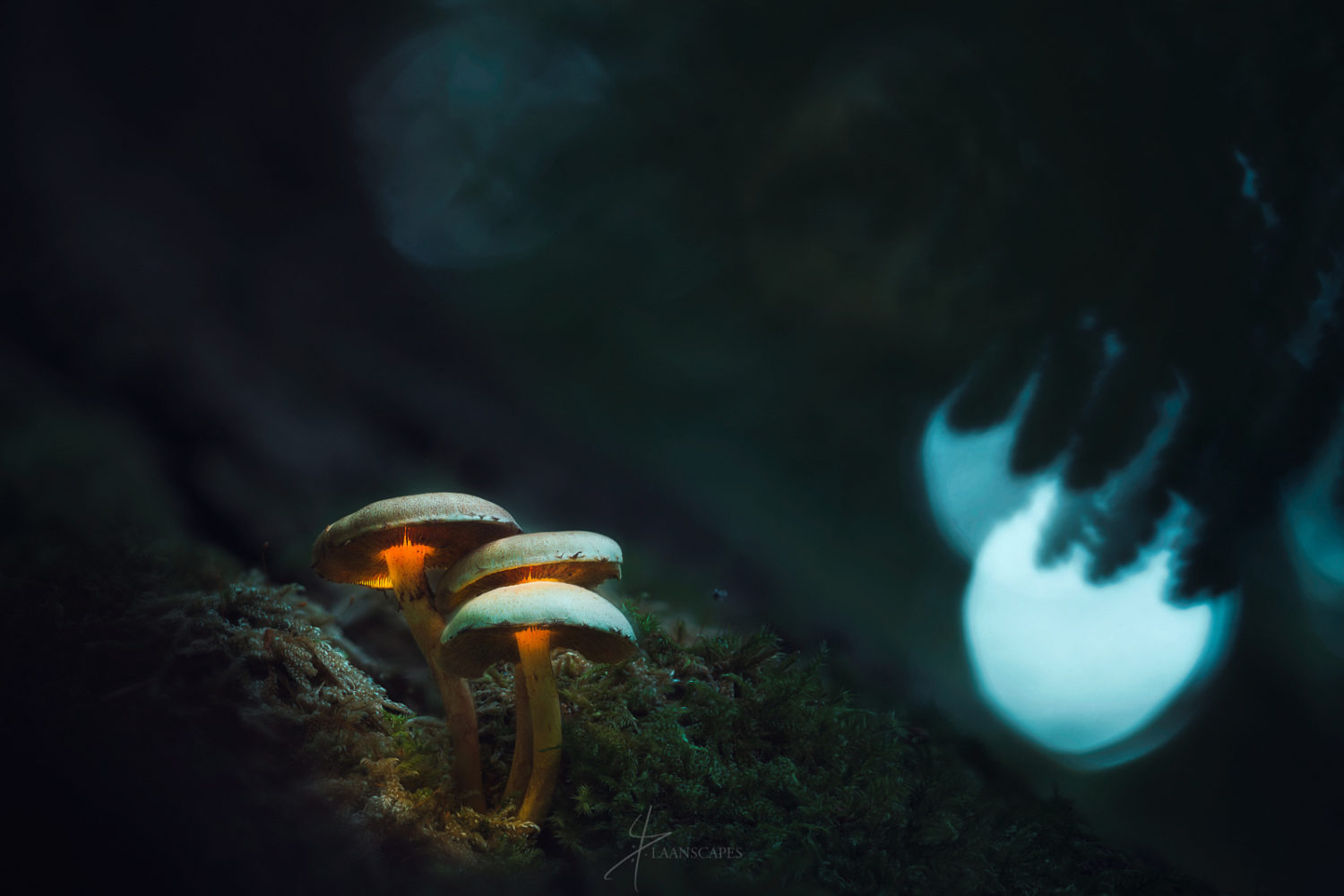Adrian C. Murray is a photographer based in Kentucky, USA. While he takes the occasional clients for portrait work, his passion in photography currently lies in creating images of his family, friends, and the world we live in. Some of you may be more familiar with his portrait work, but during his time in the Northwest this summer, he was able to explore landscape photography. In his website, he provides presets and editing videos for photographers. He also enjoys doing camera and gear reviews for some of the newest technology in photography. In this story originally published on his blog, Adrian reviews the Laowa 12mm f/2.8 lens. Read on to find out if this lens is a worthy addition to your camera bag!
A few weeks ago, the company who created the Laowa 12mm f/2.8 lens contacted me to see if I would be interested in reviewing their upcoming lens. They have a lot of information on their Kickstarter already so I knew what to expect: sharpness throughout, zero distortion (amazing for such a wide field of view), and a fast aperture, all packed into a nice compact collection of glass and metal. Now, if you’ve read my reviews in the past then you know that I really don’t do the overly technical aspects of gear. I like to take the gear out into the wild and use them as new toys. If you’re expecting to see boring charts, graphs, and images of figurines or dollar bills for subjects, then this isn’t the place for you. I want you to walk away knowing how I feel about this lens as an artistic tool, not about its MTF chart. I’ll give you an overview of its physical characteristics, how sharp it is, its claim to zero distortion, where it has its greatest strengths, and I’ll inform you of a couple weaknesses (perfection doesn’t exist). Finally, I’ll give you my overall recommendation for this lens and where it should fit in your bag, if at all.
Physical Characteristics
Let me start off by saying that this thing is built like a tank. It’s solid glass and metal. It’s very tight and doesn’t feel like the elements will shift out of place if you bump it on a table. The front element is a bit bulbous but not nearly as big as many other ultra-wides in this spectrum. The lens hood is removable and is metal to match the rest of the lens body. The hood does seem to be a bit loose and doesn’t lock into place very well. This isn’t anything that some gaffer tape couldn’t fix. Which you may want to do because if it gets loose on you then your hood may leak into your final image, forcing you to crop. This could also just be something with my copy. This is an early copy so I don’t want to be overly critical about it. The focus ring is smooth as butter and has an excellent feel to it. That’s important since this is a fully manual lens. Manual focus, manual aperture. Moving down from the ring you have several sets of numbers: your focus distance, your hypefocal distance scale, and your aperture ring. Having that hyperfocal distance scale is just fantastic. You can choose the best focus distance based off of your selected aperture and then get your hyperfocal distance based off of that set of numbers. Easy. The aperture ring. It’s manual and it’s glorious. One of the reasons I love shooting with my Fujifilm cameras is because most of the lenses have a pseudo manual aperture ring (it’s actually electronically controlled but acts like a manually controlled aperture ring). I love how I have a visual representation of my aperture without even looking at any of the digital information on the camera. It’s a quick glance and I know where it’s at. The ring itself is in full stop increments for where it clicks. However, you can slide it into any place you want between the stops. It’s almost a hybrid between a declicked aperture control and a regular clicked kind. Finally, we get to the back end of the lens, there is no electronic signals being sent to/from this lens. It is sheer metal-to-metal. Why does this matter? Don’t expect to save any EXIF data about your aperture or this lens. This isn’t a big deal, but in terms of this review, I don’t have much aperture data thanks to that. Overall, this lens is built extremely well and is designed with a good amount of thought. Again, my only issue is the lens hood that doesn’t lock into place. Easy fix.
Sharpness
If there is one feature of a lens that almost everyone asks about first, it’s sharpness. Especially in a world of high resolution sensors. I made sure to use my heaviest hitters for this lens, the Canon 5DS R as well as the Sony A7Rii. I ended up keeping the lens on the Sony for 99% of the time and only attached it to the Canon in order to make sure that there wasn’t any image quality loss due to having it been adapted to the Sony. After seeing that it wasn’t a problem, I kept it on the Sony. Why? Simply because I have come to love working with an ISO-less camera and since this lens is for landscapes I didn’t want to sacrifice the dynamic range for 9 million more pixels. Either way, we’re dealing with the two highest resolution bodies in the full frame line.
In the center, this lens is king. I’ve used some of the sharpest lenses in the industry and this chunk of glass can certainly walk the walk when it comes to center sharpness. In fact, it isn’t until you start peeping into the extreme corners that you start to see some image quality issues.

I chalk this up mostly to the extreme wide angle and where it begins to smear some of the scene. I shot most of my landscapes around f/11 to f/16. I did a brief milky way shot (since they’re all the rage right now) and I noticed similar smearing in the corners.

I also shot the milky way shot at f/2.8. That is one of the reasons to get a lens like this after all. I noticed that the shot was very sharp for 80% of the image and the smearing issues persisted. Of course, shooting the Milky Way requires some significant ISO use and you’ll see more issues with the ISO at this point than you will the lens. I was unable to do a very thorough analysis with Milky Way photos since this one was taken in my back yard, but expect an update to this review where I’ll discus star comas, sharpness a bit more, and use more apertures.
Distortion
(or the lack thereof)
Before I go on to this section let me explain something. There is a difference between perspective and distortion. Distortion is where a straight line is made curved. Fish eye lenses are filled with distortion. Any ultra-wide will always have perspective exaggeration. Now, this is an insanely wide lens. One that is hard to beat for how much you can get into a scene with a single shot. That being said, with width, comes distortion. At least that is the case with most other lenses. Enter Laowa to demolish distortion. Architecture or real estate photogs, this lens is certainly a good investment. With this lens you really do not need to worry about getting a fish eye effect on your images. The distortion is certainly there, but it’s so minimal that you really don’t need to do any lens corrections. I don’t take photos of buildings nearly at all, though I did shoot an old barn (probably the worst example for this) that would help illustrate how little distortion there is on this. This image had zero lens corrections done. No cropping, nothing. Of course I edited the photo for color and contrast, but that is all. The lines are just perfect here.
Miscellaneous Features
There are a few items that I would like to discuss about this lens before I wrap up this review. The team at Venus Optics have added a few niceties and available options to go along with their ultra-wide beast. First off, one that I was able to use myself and absolutely loved, the “Frog Eye Coating.” It’s a curious name, but it is simply amazing. In one of my images here I was about a foot away from a cascading waterfall. This would have been really annoying with any other lens since the water beads kept hitting the glass. Given the coating on this lens I was able to use my air blower from my cleaning kit to keep the water away while I took the shot. Keeping the image clear of water droplets while still getting extremely close to my main subject. Next up, I own a good amount of Lee filters, except, they’re the 100mm system. That system does not work on lenses like the Canon 11-24mm, the Nikon 14-24, or even the Rokinon 14mm. Their front elements are too large to get away with that. The Laowa added an available 100mm filter holder to their Kickstarter because they reached a goal. That’s simply amazing! Having a lens like this being able to take my existing filter system shaves off a hefty investment. Otherwise, you’re looking at purchasing a completely separate filter system for a single lens. Not a very cost efficient way of doing things. Finally, the team has also started to work on an adaptor which converts the 12mm f/2.8 lens into a 17mm f/4 tilt shift lens. For only a few hundred more you’re now getting two lenses. I must say that I have not used the filter holder or the tilt shift adaptor, though the concepts seem pretty amazing for what you’re getting. If I can get a hold of a copy of the filter holder and the adaptor, I’ll be sure to update this review.
Pros
— Zero Distortion
— Sharp
— Extreme angle of view
— Fast aperture
— Very well built
— Can be made into a 17mm f/4 Tilt shift lens with adaptor
— Hyperfocal distance scale
— Inexpensive
— Has Frog Eye Coating
— Can take 100mm filters(!)
Cons
— Loose lens hood
— Some visible smearing in the extreme edges and corners
— I really wish I had more cons…
Conclusion
Should you get this lens? In the end, that is completely up to you and what you think your bag needs. In my experience with this lens, I’m very impressed by it! It’s sharper than my Canon 16-35mm f/4, can take 100mm filters, and is significantly wider. If I continue to shoot on high resolution bodies then the smearing doesn’t really matter too much and even then, it is a minor issue. It’s rather compact given how wide and fast it is. Its distortion is very well controlled and it is simple a well-built lens. If you’re into astrophotography, architectural, or landscapes, then I’d highly recommend the Laowa 12mm. Currently you can get the Kickstarter pricing at $849. If you think this lens sounds like something you want in your camera bag you can get to there Kickstarter here.
To see more of his work, follow Adrian C. Murray on 500px.











Leave a reply